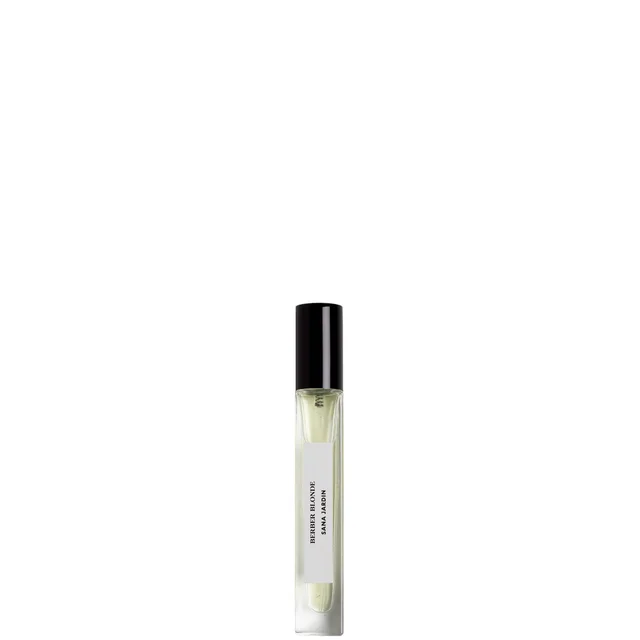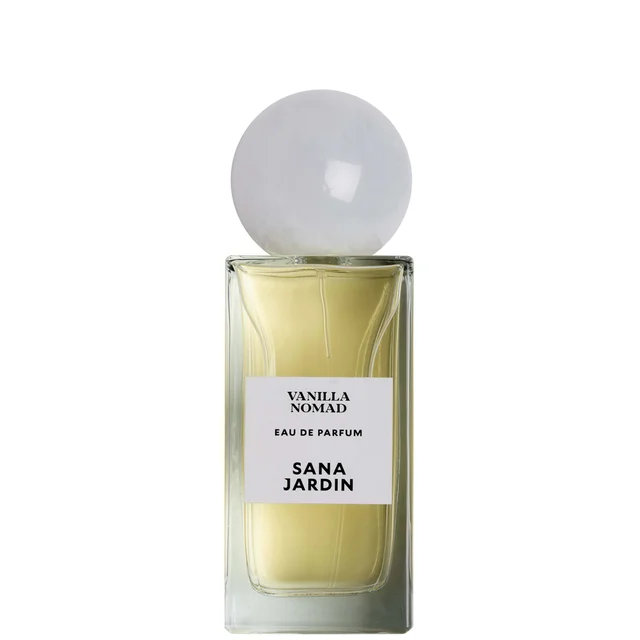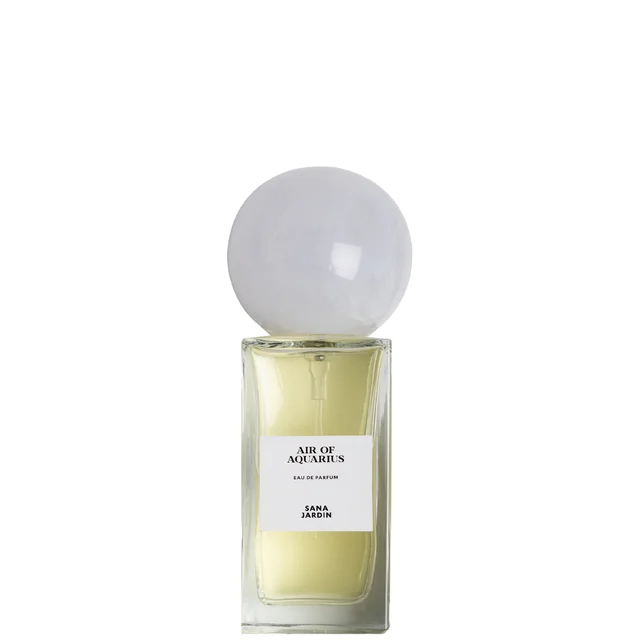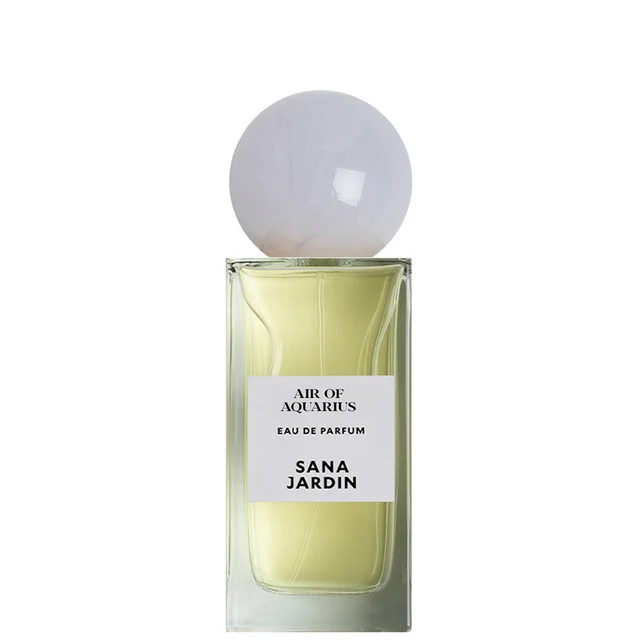DISCOVER SANA JARDIN
Giving fragrance lovers the opportunity to be conscious consumers, Sana Jardin melds luxury with social good. Building on the principles of a circular economy, this beauty brand enables the women in its supply chain to become micro-entrepreneurs by upcycling waste from perfume production. Producing delectable aromas made by female farmers, these sensational scents are leaping bunny certified. Smelling good while doing good... what more could you want?
MEET SANA JARDIN’S FOUNDER
After traveling the world as a child with her grandmother, Mary Pomeroy – who was the co-founder of The United States Delegation for Friendship Among Women in 1960 – Amy Christianson had firsthand experience to her grandmother's incredible work in empowering women in developing countries. Once she graduated from university with a degree in psychotherapy, and working with disadvantaged families in Chicago, Amy went on to work with organisations to educate, liberate and encourage women including the Robin Hood Foundation, The Clinton Foundation and the Cherie Blair Foundation for Women. Her love for scents and the stories they tell grew once she read the book ‘The Scent Trail’ by Celia Lyttleton and learnt about the waste generated from floral harvestation in Northern Africa. This inspired Amy to create a fragrance brand that would tackle this issue. And so, Sana Jardin was born. She chose the name Sana Jardin as it perfectly blends the East and West — ‘Sana’ meaning dazzling in Arabic and ‘Jardin’ meaning garden in French.
CULT CONSCIOUS APPROVED
With sustainability at the heart of Sana Jardin fragrances, we are proud to say that the brand has not only been certified as Leaping Bunny Cruelty-Free by our third party verification partner Provenance, but also has Proof Points for being a Female-Lead Business, a Champions a Cause Proof Point by offering training and development to members of its cooperation in Morocco and a Butterfly Mark Proof Point. What this means is that Sana Jardin consistently assesses how they are targeting material risks in their industry by evaluating their impact on the climate, waste, animal welfare, community involvement and biodiversity.





